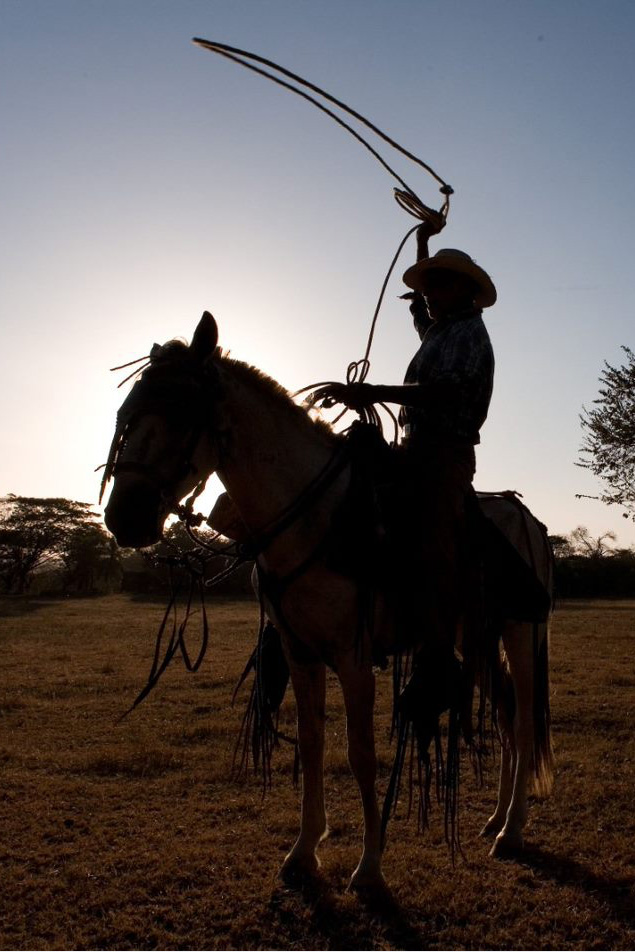Bijagua Honey
2023 Harvest
As everyone knows, weather this year has been a little crazy all around the world. This dry season in Costa Rica hasn’t been very dry at all, and that is extremely strange for the Nicoya Peninsula. Usually these months are arid, dusty and parched. Summer season is the only time of year where we can harvest honey because it’s when bees are busy making this magical syrup, and therefore the only time in the year when they have excess supplies.
Rain has been very present for almost the entire month of march which bloomed green grass, colorful flowers and lots of perfumed trees for the bees to explore. As a result of this rainy summer, this years honey harvest is unbelievable! Clearer than ever, very aromatic and with intense golden colors. Every batch is different, making it very hard to discover our favorite 2023 batch.
Bijagua Honey
Blue Zones Nicoya is a company highly committed to Guanacaste beekeepers and this year we have started a traceability project where we give visibility to our consumers of the origin of the 100% pure raw honey that we pack.
We want our consumers to discover where honey comes from, why it varies in color year to year and of course what organoleptic characteristics it possesses, and to be able to enjoy each one of them with their individual characteristics.
The value of honey not only has to do with excellent flavor, but is associated with the importance of the bees that produce it, in the pollination process and therefore for the maintenance of life on our planet.
Laurel:
Scientific name: Laurus nobilis
It is a tree best known for the benefits of its leaf, which is used for remedies and in cooking recipes. This tree has yellow 4-petal flowers that appear in the months of March and April.
Guabilla de montaña:
Scientific name: Inga edulis
Trees from 4 to 30 m high. It has flowers that resemble white feathers; few hours after opening these they turn into a yellow-green color. They usually open just at dawn and wither during the day.
Lagartillo:
Scientific name: Zanthoxylum Riedelianum
Tree with a height of 8m to 25m, characteristic of the humid and very humid forests of Costa Rica. Its wood is widely used for construction and furniture.
Tuete
Scientific name: Vernonia Patens
Tuete is a large wild shrub that during the month of February has tiny white flowers that release a strong delicious honey aroma.
Santa María:
Scientific name: Calophyllum brasiliense
The Santa María tree has a height between 20 to 50 m. It has small white flowers grouped together that bees really like.
We hope you have learned more about the characteristics of the region where that honey you bought comes from!
Enjoy!
Discover where your honey comes from!
We’re excited for our customers to enjoy this year’s harvest! Taste and experience what tropical raw bee honey is with this year’s harvest, and let us know which honey is your favorite!
Don’t forget to scan the QR and find out the specific taste profile of your honey plus which flowers and trees made up your batch!
Enjoy the flavors and colors of this new harvest of honey!
Look for the lot number on the end of your honey jar and discover the flavors!
COLOR:
EXTRA LIGHT AMBER
AROMA/FLAVOR:
LEATHER, CHEESY, BURNT SUGAR
The world of honey is wonderful!
There are several factors that affect honey’s color and flavor, however, the main factor is the collection of nectar from bees, they visit around 50 to 100 different flowers on each one of their trips. The honey process is extremely interesting and it’s an excellent example of good teamwork. The bees go through 4 crucial steps until they reach the decadent syrup.
THE WORKER BEES COLLECT NECTAR
When the working bees finally find the nectar they want, they use their proboscis (elongated appendix located on the head) to suck the sugar from the flowers. With a little saliva from the bee, it is stored in a special sac in the stomach, when this sac is full the bee returns to its hive to leave all the nectar.
THE NECTAR IS SENT HOME
As honey passes from one bee to another, the enzymes in their saliva change the pH and other chemical changes occur. At this stage the mixture contains a lot of water so the bees work to dry it little by little.
DEHYDRATE THE HONEY
Some water is removed while the honey is passed from bee to bee, but what dehydrates the honey the most is when it is passed into the honeycomb. When the bees spread the honey in the hexagons, as it has more space, honey can evaporate its water particles faster. Something incredible about this process is that thanks to the constant movement of the bees’ wings there is a constant air flow that causes the water content in the honey to go from 70% to 17-20% at most.
THE HONEY IS STORED IN THE HONEYCOMB
The last step is how the honey is stored. When the honey is in its respective hexagon, the bees cover it with wax that they make. This is to maintain the freshness of the honey until the moment that they decide to feed from it. Or in another case, when us humans decide to harvest it. It is an amazing teamwork!

